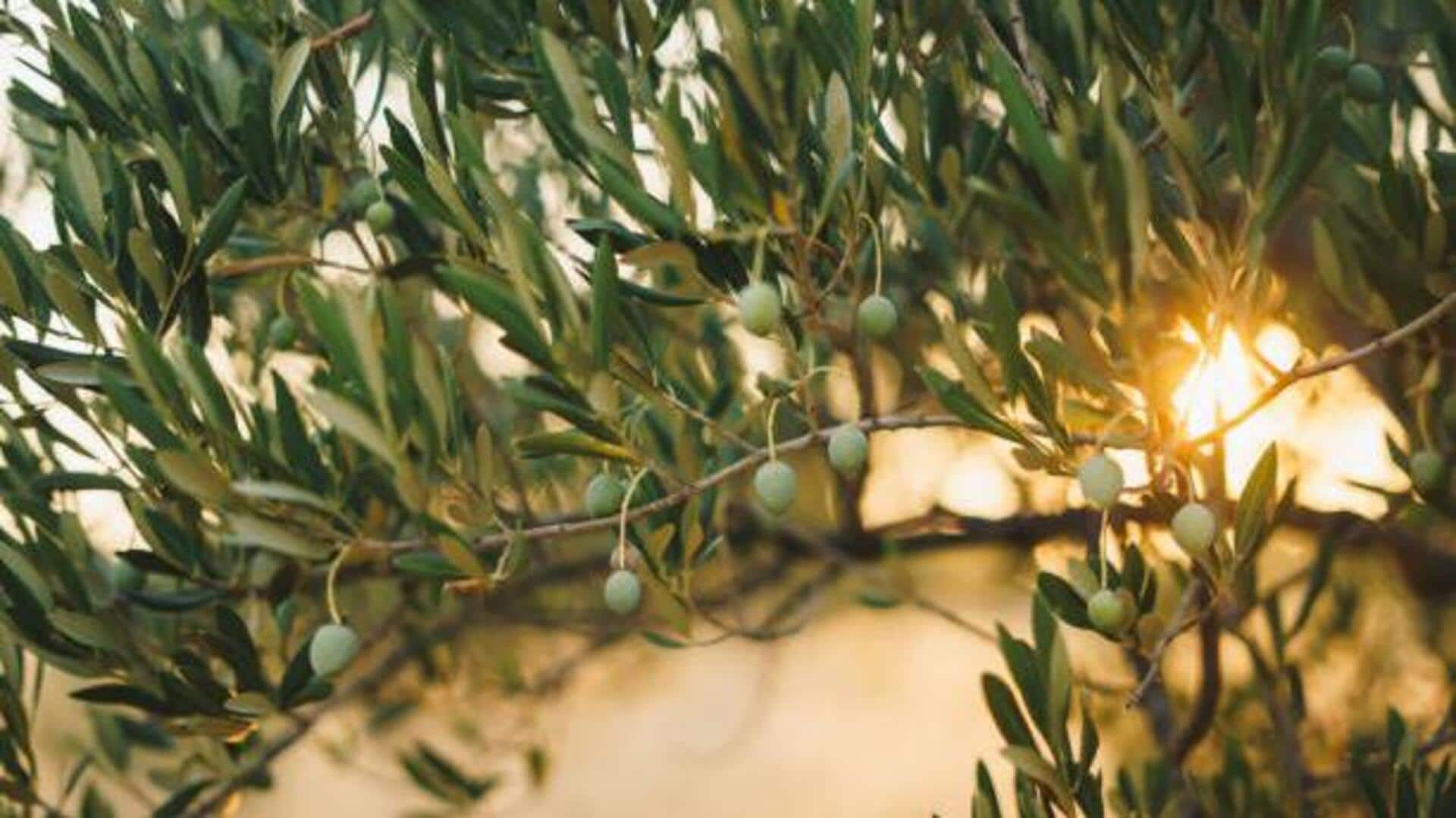
Why Mediterranean olive groves are a must-visit
What's the story
Exploring ancient olive groves in the pastoral villages of the Mediterranean offers a unique glimpse into a world where tradition and nature intertwine. Not only do these centuries-old groves serve as a source of livelihood, but they also offer a cultural heritage that has been preserved over generations. Visitors can wander through these serene landscapes, learning about the history and cultivation practices that have sustained these communities for so long.
Historical roots
The history behind olive cultivation
The cultivation of olives dates back thousands of years in the Mediterranean. These trees have been a part of the local economy and diet since ancient times. Many villages still use traditional techniques to harvest olives, showcasing practices that have been handed down through the generations. This historical continuity gives visitors an authentic experience as they delve into these age-old practices.
Varietal insights
Understanding olive varieties
Olive groves in the Mediterranean house several varieties, each with its own distinct characteristics. From tiny black olives to larger green ones, each type is ideal for different culinary uses and oil production methods. Understanding these varieties is a great way to learn about how local climates and soils affect olive growth and flavor profiles.
Eco-friendly methods
Sustainable farming practices
The Mediterranean has plenty of villages that still use sustainable farming practices to keep their olive groves. Crop rotation, organic fertilization, and water conservation are some of the techniques that preserve soil health and biodiversity. These eco-friendly methods ensure olive production remains viable for future generations while minimizing environmental impact.
Mill tours
Visiting local olive mills
Visiting an olive mill is a good idea as you get to see how olives are turned into oil, both through traditional presses and modern machinery. Most mills conduct tours where you can witness the pressing process up close and taste freshly-pressed oils. It gives a great perspective into what quality control measures go into ensuring high standards in olive oil production.